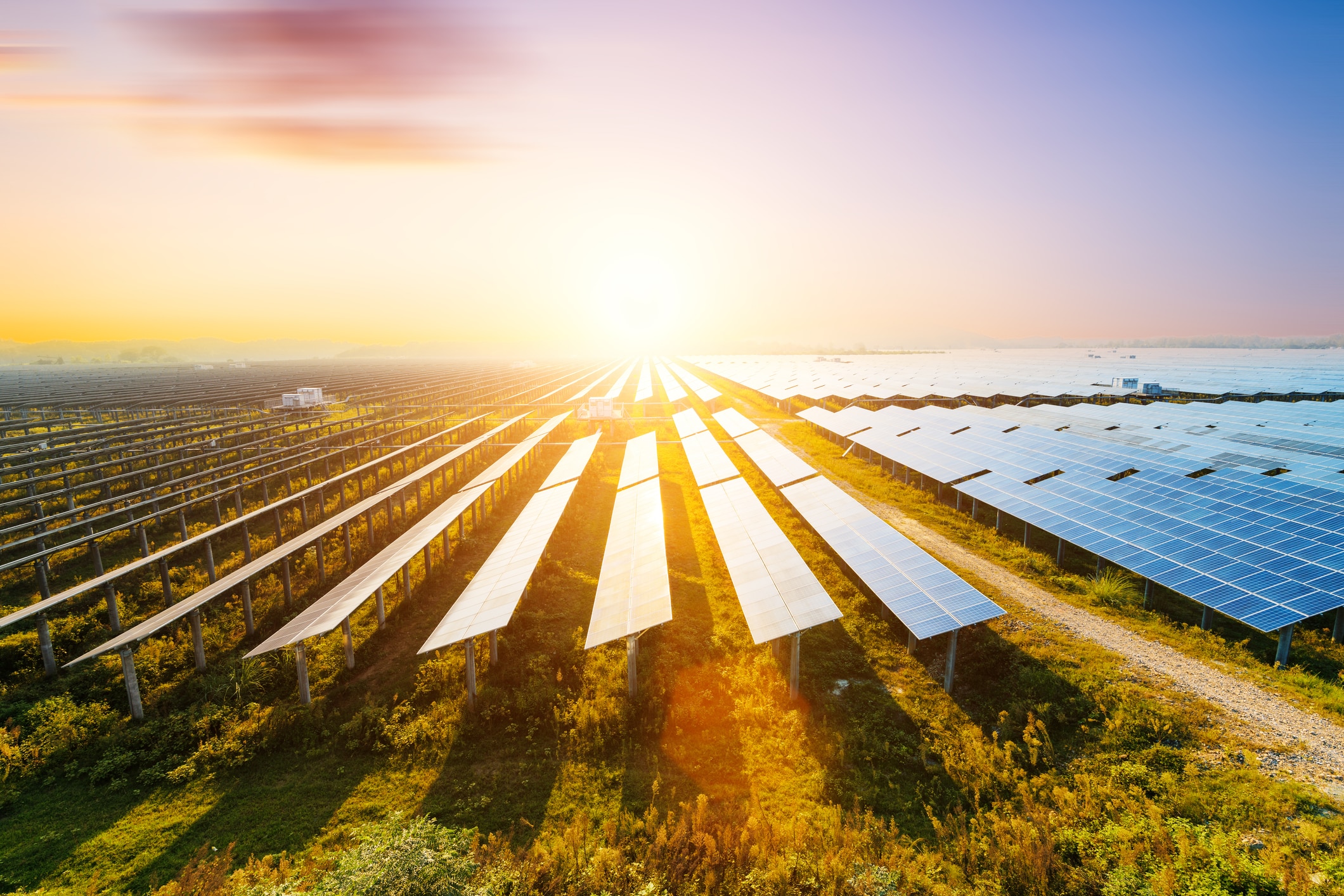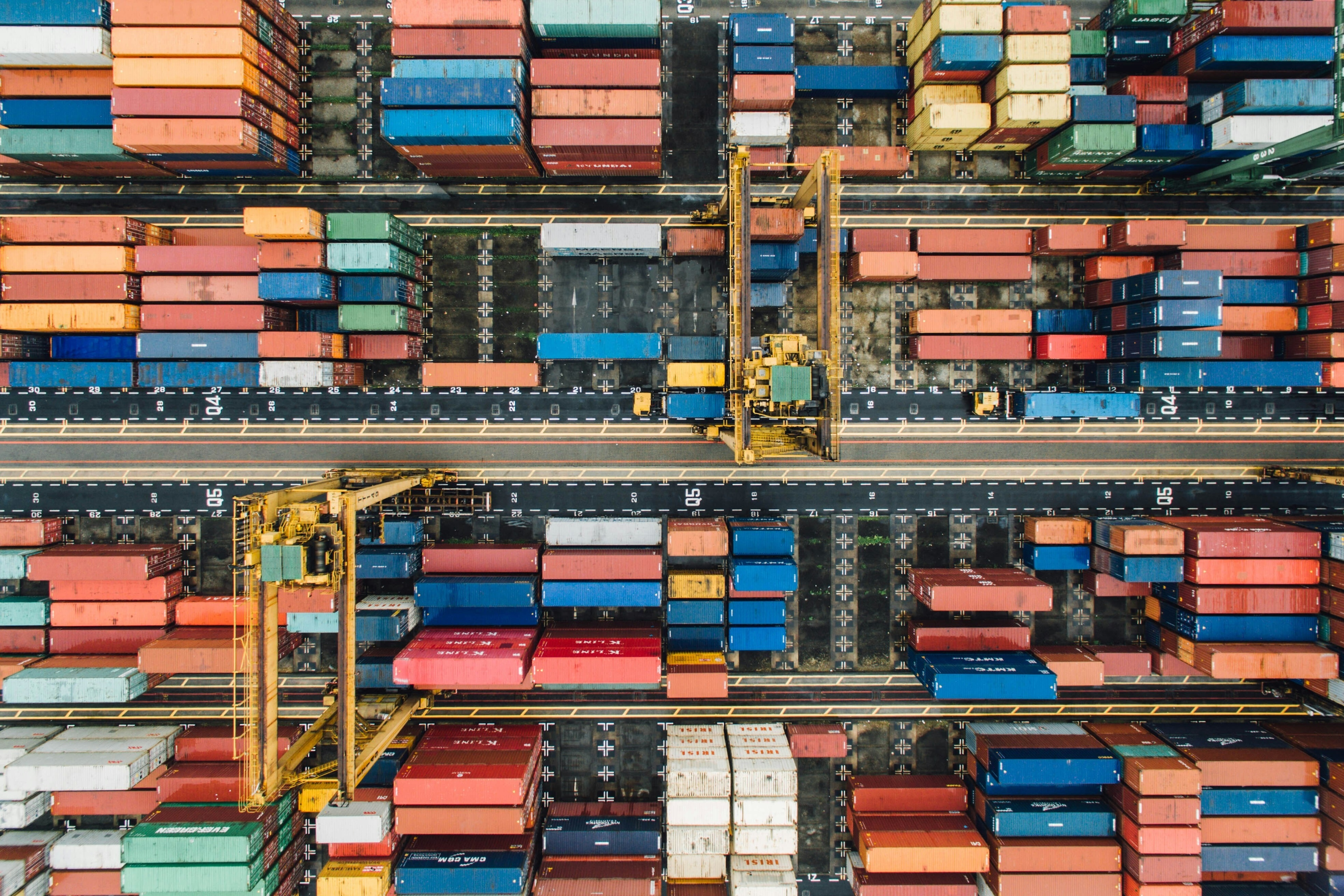What’s holding up the EU-US free trade deal?
Stay up to date:
Infrastructure
The European Union and the United States launched negotiations in July 2013 to create a free trade agreement, the Transatlantic Trade and Investment Partnership (TTIP), with initial hopes of a rapid conclusion.
However, there is little clear sign of progress two years on. Here are the main stumbling blocks.
Ambition and Scale
The EU-U.S. free trade agreement would be bigger than any trade deal enacted so far, encompassing a third of world trade and nearly half of global GDP. Its very size is attracting more attention, and therefore more scrutiny, than smaller trade pacts such as the recently signed EU-Singapore agreement.
The planned deal goes beyond cutting tariffs, which are already low – at an average of around 4 percent.
Reconciling regulations, such as rules governing vehicle safety, could cut business costs. But both sides are struggling to find common ground on issues ranging from chemicals to financial services.
Agriculture
The United States says science shows U.S. products from genetically modified crops to hormone-treated beef are safe, claims met with suspicion in much of Europe.
The EU, for its part, wants the United States to accept its ‘geographical indications’, designation of origin protection, meaning for example that only Greeks can call cheese “feta”. The U.S. view is that this is a form of protectionism.
This is even before the typical last-ditch discussions to determine export quotas for U.S. meat and cereals and EU dairy products.
Investor Protection
Before TTIP negotiations began, only trade experts had heard the term Investor-State Dispute Settlement (ISDS), a system to protect investors from state interference and already in place in some 1,400 bilateral trade treaties EU countries have signed.
TTIP critics complain that it undermines countries’ ability to legislate in areas such as public health and the environment as affected multinationals can challenge them in tribunals.
The European Commission’s public consultation on ISDS drew an unprecedented 150,000 mostly negative responses.
Public Procurement
A key interest of the European Union is for the U.S. government to open up to European companies, which are particularly eyeing public transport agencies and contracts in fields from energy efficiency to security.
However, the 1933 Buy American Act and a series of other laws stipulates that the U.S. federal government and related agencies should purchase American-made products wherever possible and stipulate domestic content for transport projects.
Services
Services have proven even trickier than goods.
The Europeans want financial services to be incorporated into TTIP, while the United States has said that discussions on that sector should only proceed “in parallel” and not be incorporated into any agreement.
The EU has already ruled out audiovisual services as a topic for discussion, while the U.S. Jones Act appears to limit traffic between U.S. ports to U.S. ships.
Energy and Raw Materials
A U.S. law from 1938 currently prevents exports of natural gas if this threatens national security. In theory, a free trade deal would open the door to more U.S. energy exports, but the EU is seeking a specific ‘chapter’ on energy spelling this out, while the U.S. appears to want less explicit language.
This article is published in collaboration with Reuters. Publication does not imply endorsement of views by the World Economic Forum.
To keep up with the Agenda subscribe to our weekly newsletter.
Author: Philip Blenkinsop is a Senior Correspondent at Reuters.
Image: A container ship departs Burrard Inlet in Vancouver, British Columbia. REUTERS/Andy Clark.
Don't miss any update on this topic
Create a free account and access your personalized content collection with our latest publications and analyses.
License and Republishing
World Economic Forum articles may be republished in accordance with the Creative Commons Attribution-NonCommercial-NoDerivatives 4.0 International Public License, and in accordance with our Terms of Use.
The views expressed in this article are those of the author alone and not the World Economic Forum.
Forum Stories newsletter
Bringing you weekly curated insights and analysis on the global issues that matter.
More on Trade and InvestmentSee all
John Letzing
July 24, 2025
Anthony Cano Moncada
July 23, 2025
Lisa Satolli
July 17, 2025
Yusuf Maitama Tuggar
July 10, 2025
Bright Simons
July 7, 2025





